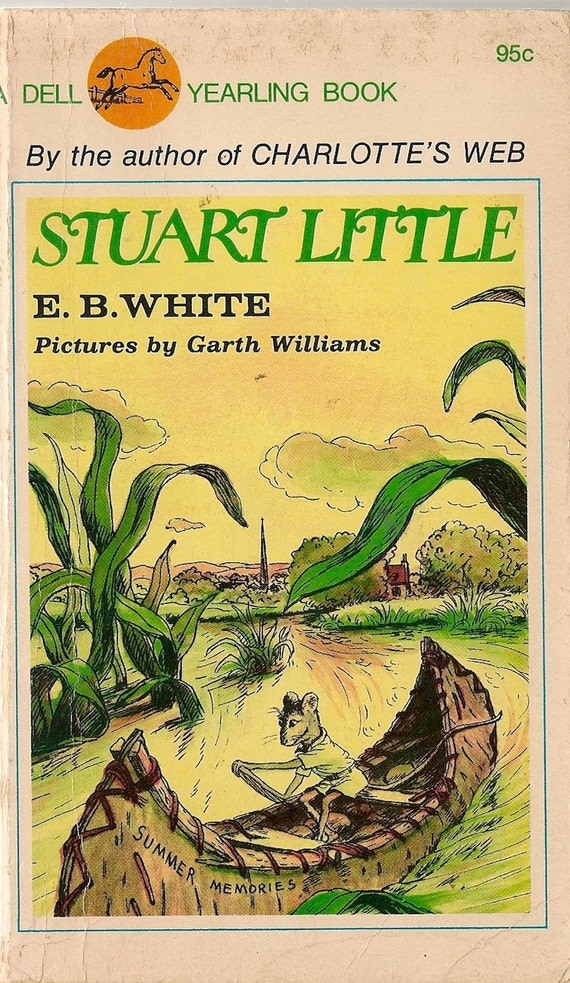
His animals are at once fur-faced and contemplative, inhabiting a tender realm whose coziness comes from the joys of the natural world and of unconventional friendships. Williams’s illustrations for those and other books are an indelible part of twentieth-century American childhood: Wilbur joyfully leaping off a manure pile Laura Ingalls frolicking on the sod-house roof in Plum Creek Stuart sailing his ship across the Central Park Pond Crispin’s Crispian smoking his pipe Harry Cat, Tucker Mouse, and Chester Cricket shooting the breeze at the newsstand in Times Square. Williams illustrated more than eighty books in the course of his life, including “Charlotte’s Web” “ The Cricket in Times Square,” by George Selden “ Bedtime for Frances,” by Russell Hoban (Williams rightly suggested that Frances be a badger, not a vole) several collaborations with his friend Margaret Wise Brown (the author of “Goodnight Moon”), including the weird and wonderful “Mister Dog” and “ The Little Fur Family” and Laura Ingalls Wilder’s “ Little House” series, which Nordstrom commissioned him to re-illustrate in its entirety. It’s a world view that expresses realism and reassurance together. The haimish mood recalls the work of Robert McCloskey, in books such as “ One Morning in Maine,” which pairs the joys, spilled milk, and sleepy tooth-brushing of everyday life with the sublime wonders of the rocky Maine coast. In Williams’s illustration, Stuart’s clothespin-and-cigarette-box bed is irresistibly charming but rumpled and untidy, surrounded by the playful flotsam of a rambunctious kid’s bedroom. He was as serious and playful as White’s text. In “Stuart Little,” the hallmarks of his style are already apparent: Stuart was both mouselike and dapper, anthropomorphized in a way that expressed the dignity and absurdity of the human condition and the animal condition alike.

Williams was hired he went on to become one of the most important children’s-book illustrators in American history. (That is probably a silly detail to pass on to you, but it was somehow encouraging to us.) Williams had him lying down in the first sketch but changed it because he was afraid he might look like a little dead mouse if he were lying down. For instance, in the picture of the doctor examining Stuart, Stuart is standing up. He was careful about lots of small but important details.

Williams didn’t mean it that way and, in fact, said it all much better than I am saying it.). (This sounds very dull and literal, I’m afraid, but Mr.

Williams) should be pretty consistent in the proportions in most of the pictures.

Williams felt that since, for instance, a dime can come up to Stuart’s waist, he (Mr.


 0 kommentar(er)
0 kommentar(er)
